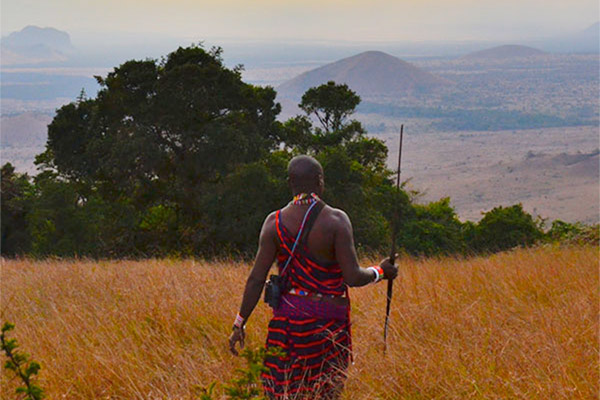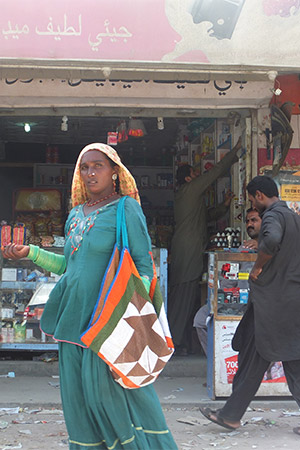This Issue Volume 10, Number 2, December 2019
Read the December 2019 issue.
“War Within the War”: Overcoming a Legacy of Patriarchal Norms and Violence in the Central African Republic and the Democratic Republic of Congo
By Abby Hoover
The intent of this article is to examine gender issues and inequality in the Central African Republic (CAR) and the Democratic Republic of Congo (DRC). Both countries have high levels of gender inequality demonstrated by a significant difference in average literacy and education level between males and females. Furthermore, both have a wide range of discrimination against women through norms, legal practices and actions beyond and not addressed by the law. In addition to these issues, both countries face more serious problems with war and conflict-related rape and sexual assault. These precedents are additionally worrisome considering the effect of the inadequate justice systems for women in both the CAR and the DRC. Overall, cultural norms that have allowed violence against women are unlikely to change soon unless these countries uphold the human rights of women.
Read the full article: "War Within the War"
Income Inequality in the Prosperous Economies of Tunisia and Namibia
By Thierry Gysler
This article looks at income inequality in Namibia and Tunisia. Both countries have a relatively high GDP per capita compared to other African countries. However, Namibia has very high income inequality, whereas Tunisia has relatively low income inequality. This article looks at how Namibia and Tunisia have ended up with very different levels of income inequality. It outlines some of the ethical origins and existing ethical structures related to inequality in these two countries and reviews the evolution and sources of income inequality. It also examines to what degree these countries’ current governmental policies have affected income inequality in Namibia and Tunisia.
Read the full article: Income Inequality in the Prosperous Economies of Tunisia and Namibia
Education is Power: Reducing Child Marriages in Egypt and Sudan
By Amanda Robic
This article looks at the effects of child marriage and lack of education on young girls in Egypt and Sudan. Though both countries have made improvements, child marriage is still a prevalent issue. This article investigates causalities for child marriage and its negative impacts on young girls. It also addresses the ethical faults of child marriage and concludes looking towards education as a potential source to prevent and reduce the number of these marriages in Egypt and Sudan.
Read the full article: Education is Power: Reducing Child Marriages in Egypt and Sudan
An Analysis of the Determinants of Poverty in India and South Africa
By Karl Usuka
This article provides an analysis of poverty in India and South Africa. Despite being middle-income countries, both nations still have relatively high levels of poverty among their populations. The social structures of their societies have allowed poverty to grow and maintain a strong hold over these nations. This article analyzes the extent and determinants of poverty. It also examines the impact of education, health, and economic opportunity on poverty as well as the steps taken by both India and South Africa to mitigate poverty. This article also discusses ethical considerations of poverty and poverty alleviation in India and South Africa.
Read the full article: An Analysis of the Determinants of Poverty in India and South Africa

Global Majority E-Journal is a biannual journal publishing on critical issues in the lives of the global majority: the more than 80 percent of the world's population living in developing countries. Topics discussed include poverty, population growth, access to safe water, climate change, and agricultural development. All articles are based on research papers written by AU undergraduate students (mostly freshmen) as one of the course requirements for AU's General Education Course: Econ-110, The Global Majority.

- June 2023
- December 2022
- June 2022
- December 2021
- June 2021
- December 2020
- June 2020
- December 2019
- June 2019
- All Issues (starting 2010) via AU Digital Research Archive
